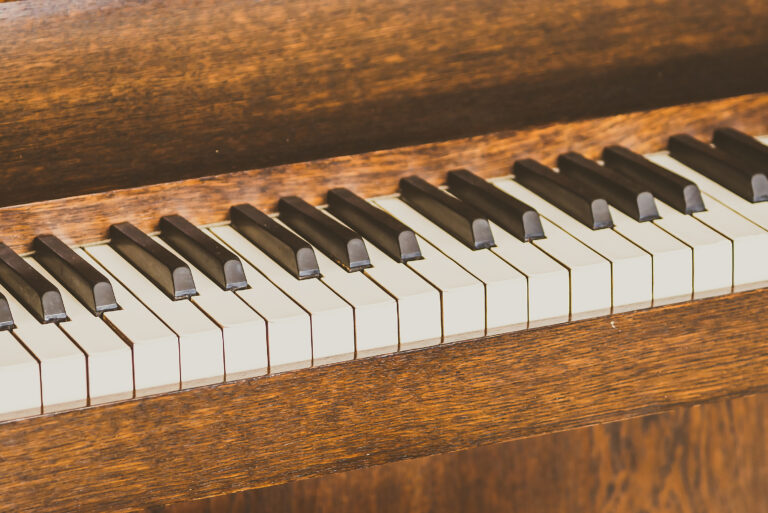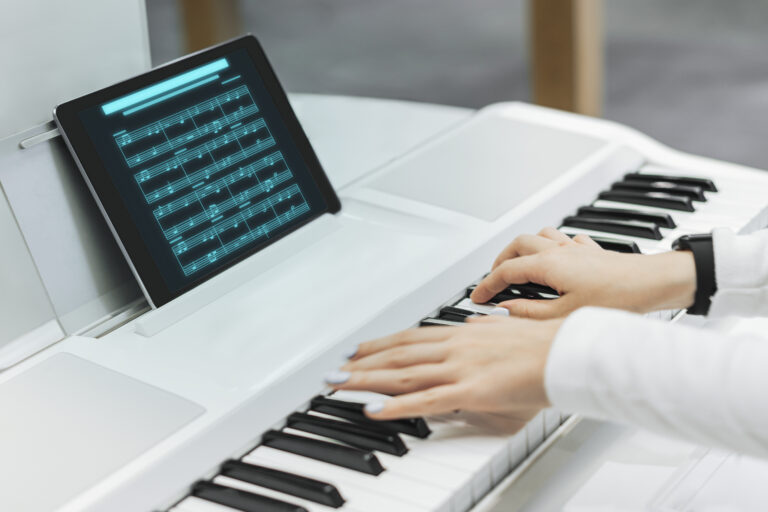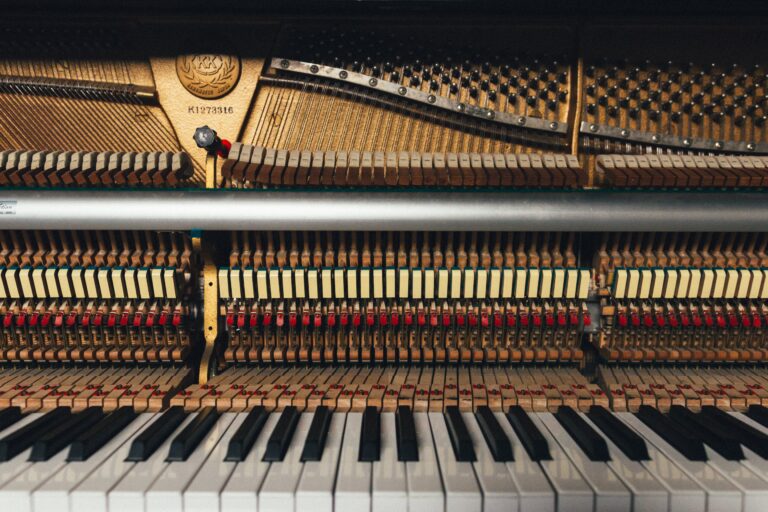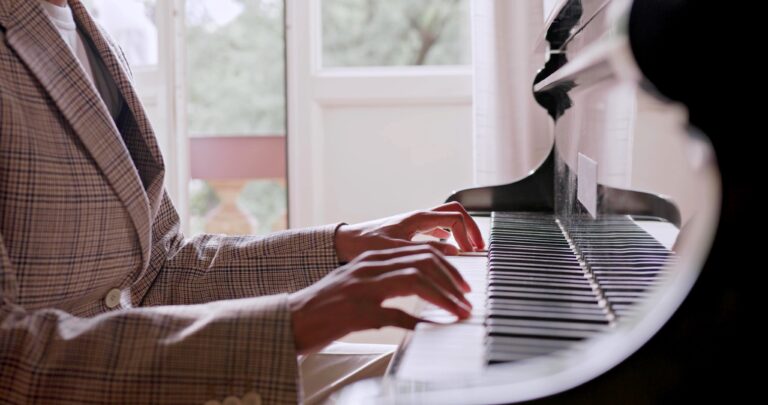Playing the Piano Without Pain: Dispelling the Arthritis Myth
Are you a pianist who loves to tickle the ivories but worries about the impact it may have on your health? You may have heard rumours that playing the piano can cause arthritis, a painful condition that affects the joints and can make it difficult to play your favourite instrument. But is there any truth to this claim, or is it just a myth? In this article, we’ll delve into the research and separate fact from fiction regarding the relationship between piano playing and arthritis. We’ll explore the potential risks and benefits of playing the piano, and provide you with practical tips to keep your hands and fingers healthy and pain-free. Whether you’re a beginner or a seasoned pianist, this article is a must-read for anyone who wants to enjoy the many benefits of playing the piano without worrying about the risks.
The Link Between Piano Playing And Arthritis
Playing the piano can be a wonderful experience, but you may have heard rumours that it can cause arthritis. Is there any truth to this claim? While there is no definitive answer, there are some things you should know.
First, it’s important to understand that arthritis is a general term for joint inflammation. There are many different types of arthritis, and they can be caused by a variety of factors, including genetics, injury, infection, and wear and tear.
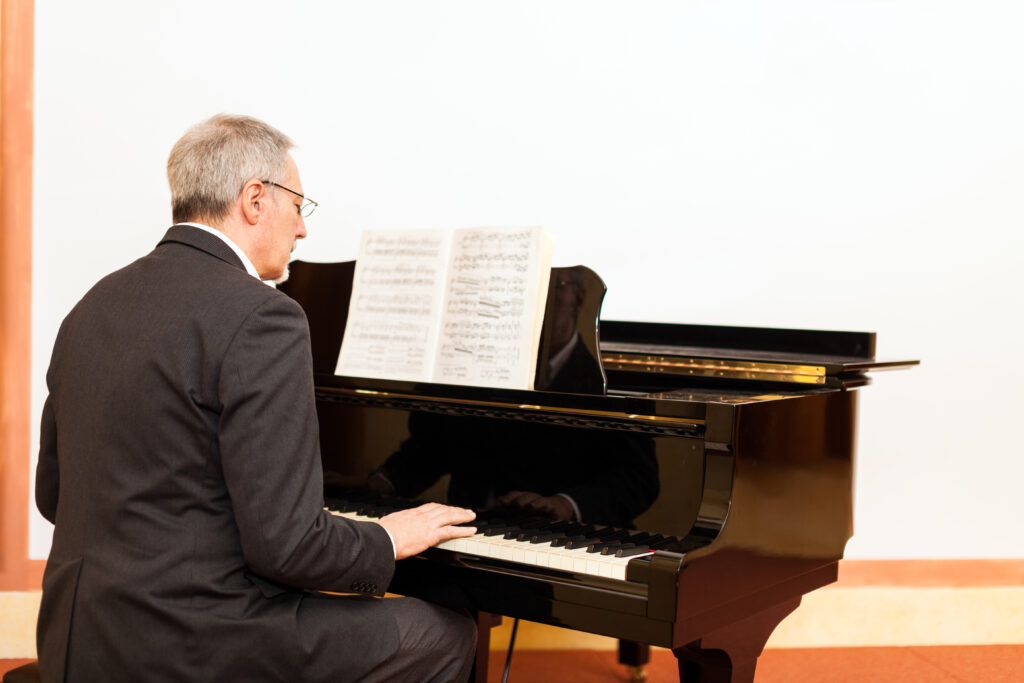
When it comes to piano playing specifically, a few factors could potentially contribute to arthritis. One is repetitive motion. If you play the piano for long periods without taking breaks, you may be putting a lot of stress on your fingers, hands, and wrists. Over time, this could lead to joint inflammation.
Another factor to consider is posture. If you’re not sitting correctly at the piano, you could be putting unnecessary strain on your joints. This could lead to inflammation and pain over time.
It’s also worth noting that piano playing is not the only activity that could potentially contribute to arthritis. Many other activities that involve repetitive motion or poor posture could also be a factor.
There is no clear link between piano playing and arthritis. However, it’s important to be mindful of your playing habits and take steps to prevent joint inflammation. This could include taking breaks, practising good posture, and stretching regularly. By taking care of your joints, you can continue to enjoy playing the piano for years to come.
Effect of Piano Playing on Hand Joints
Repetitive Strain
Playing the piano requires repetitive movements of the fingers, hands, and wrists. This can cause repetitive strain injuries (RSIs) to the hand joints. RSIs occur when the same motion is repeated many times, causing damage to the muscles, tendons, and nerves in the hand. Symptoms of RSIs include pain, swelling, and stiffness in the joints.
Prolonged Pressure
Piano playing also involves prolonged pressure on the hand joints, which can cause joint pain and inflammation. When playing the piano, the fingers must press down on the keys with a certain amount of force. This pressure can cause strain on the joints, leading to pain and discomfort.
Finger Flexibility
Playing the piano requires a high level of finger flexibility. This can be beneficial for maintaining healthy hand joints, as it can help to increase the range of motion and prevent stiffness. However, excessive or improper playing technique can lead to injury.
It is important to note that while playing the piano can cause strain on the hand joints, it is not a direct cause of arthritis. Arthritis is a chronic condition that is caused by a variety of factors, including genetics, age, and lifestyle. However, playing the piano can exacerbate existing joint conditions and cause discomfort in the hands.
To prevent injury while playing the piano, it is important to practice proper technique and take breaks when needed. Stretching and warming up before playing can also help to prevent injury. If you experience pain or discomfort while playing the piano, it is important to seek medical attention.
Studies on Pianists and Arthritis
Playing the piano is a common pastime for many people. But can it cause arthritis? Research studies have been conducted to investigate this question.
One study published in the Journal of Rheumatology found that piano playing did not increase the risk of developing arthritis in the hands or fingers. The study compared a group of professional pianists to a control group of non-musicians and found no significant difference in the prevalence of arthritis between the two groups.
Another study published in the Journal of Occupational Health found that piano playing was not associated with an increased risk of hand osteoarthritis. The study followed a group of piano teachers over 10 years and found that their risk of developing hand osteoarthritis was similar to that of the general population.
However, it is important to note that playing the piano can cause repetitive strain injuries, such as carpal tunnel syndrome if proper technique and posture are not maintained. Pianists need to take breaks, stretch, and use proper techniques to avoid these types of injuries.
While there is no evidence to suggest that playing the piano causes arthritis, pianists need to take care of their hands and wrists to avoid other types of injuries.
Preventing Arthritis as a Pianist
As a pianist, you may be concerned about developing arthritis in your hands and fingers. Fortunately, there are steps you can take to prevent or reduce the risk of arthritis. Here are some tips to help you maintain good hand health and prevent arthritis:
Proper Technique
One of the most important things you can do to prevent arthritis is to use proper technique when playing the piano. This means keeping your hands and fingers relaxed, maintaining good posture, and using the correct finger positions. Avoid tensing your hands or fingers, as this can put unnecessary strain on your joints and increase the risk of arthritis.
Regular Breaks
Taking regular breaks is also important for preventing arthritis. Prolonged playing without breaks can lead to stiffness and pain in your hands and fingers. Make sure to take breaks every 20 to 30 minutes to stretch your fingers and hands, and to give your joints a rest. This will help prevent strain and reduce the risk of arthritis.
Physical Therapy
Physical therapy can also help prevent and manage arthritis. A physical therapist can teach you exercises and stretches to help keep your hands and fingers flexible and strong. They can also provide advice on proper technique and posture, and recommend modifications to your playing style if necessary.
By following these tips, you can help prevent arthritis and maintain good hand health as a pianist. Remember to use proper technique, take regular breaks, and consider seeking advice from a physical therapist if you experience any pain or stiffness.
Playing Piano with Arthritis
Arthritis is a condition that affects millions of people around the world, causing pain, stiffness, and decreased mobility in the joints. For those who love to play the piano, arthritis can be a significant obstacle to their musical passion. However, with the right approach and mindset, it is possible to continue playing the piano and find relief from arthritis symptoms through music.
Tips and Ways to Continue Playing the Piano With Arthritis
Proper Technique
When dealing with arthritis, it’s crucial to focus on proper piano playing technique. This means maintaining a relaxed posture, using the weight of your arms rather than relying solely on finger strength, and taking frequent breaks to avoid strain
Adaptations
Consider making adaptations to your piano playing style to accommodate arthritis. This could involve using a softer touch, simplifying complex passages, or exploring different fingerings to reduce strain on affected joints.
Warm-up Exercises
Engage in gentle warm-up exercises before playing the piano to loosen stiff joints and improve flexibility. Simple hand and finger stretches can make a significant difference in easing arthritis symptoms during practice sessions.
Ergonomic Considerations
Invest in an ergonomic piano bench and ensure that your instrument is positioned at a comfortable height and distance to minimize strain on your joints. Ergonomic considerations can greatly alleviate the impact of arthritis while playing the piano.
Seeking Professional Guidance
Consult with a piano teacher or physical therapist who has experience working with musicians with arthritis. They can provide personalized guidance and exercises to help you continue playing the piano while managing arthritis symptoms.
Can Playing the Piano Help with Arthritis?
Music has been shown to have therapeutic effects on various health conditions, including arthritis. Playing the piano can offer several potential benefits for individuals with arthritis:
Pain Management
Engaging in activities that bring joy and fulfilment, such as playing the piano, can help reduce the perception of pain associated with arthritis. The emotional and mental focus required for playing music can provide a welcome distraction from discomfort.
Improved Dexterity
Regular practice at the piano can help maintain and improve finger dexterity, which is particularly beneficial for individuals with arthritis. The controlled movements and precision required in piano playing can contribute to maintaining joint function.
Emotional Well-being
Music has the power to uplift the spirit and provide a sense of accomplishment. For those dealing with arthritis, the act of playing the piano can serve as a source of emotional support and a means of self-expression, contributing to overall well-being.
While arthritis presents challenges for piano players, it is possible to continue pursuing this musical passion with the right approach and adaptations. By implementing proper techniques, seeking professional guidance, and recognizing the potential therapeutic benefits of playing the piano, individuals with arthritis can find joy and relief through music.
Conclusion
In conclusion, the fear that playing the piano can cause arthritis is largely unfounded. While there is some evidence to suggest that repetitive hand movements can increase the risk of developing this condition, there are many other factors that contribute to its onset. As we’ve explored in this article, playing the piano can have numerous physical and mental health benefits, such as improved hand-eye coordination and reduced stress levels. So, if you’re a pianist, don’t let the fear of arthritis prevent you from enjoying your passion. However, it’s important to take care of your hands and wrists by using proper technique, taking breaks, and stretching regularly. By following these simple steps, you can reduce the risk of injury and continue to enjoy the many rewards of playing the piano for years to come.
Frequently Asked Questions
Does playing the piano prevent arthritis?
Playing the piano does not prevent arthritis. However, regular exercise such as playing the piano can help maintain joint flexibility and reduce the risk of developing arthritis.
How can you play the piano with arthritis?
If you have arthritis, it’s important to take care of your joints and avoid activities that cause pain. When playing the piano, it’s recommended to use a comfortable bench or chair with good back support and adjust the height of the piano bench so that your arms are at a comfortable angle. You may also want to consider using a padded wrist rest or keyboard cover to reduce strain on your wrists.
Are there any benefits to playing the piano for people with arthritis?
Yes, there are several benefits to playing the piano for people with arthritis. Playing the piano can help maintain joint flexibility and range of motion, improve hand strength and dexterity, and reduce stress and anxiety. Additionally, playing the piano can provide a sense of accomplishment and enjoyment, which can improve overall well-being.
Overall, it’s important to consult with your healthcare provider if you have arthritis to determine what activities are safe and appropriate for you.

